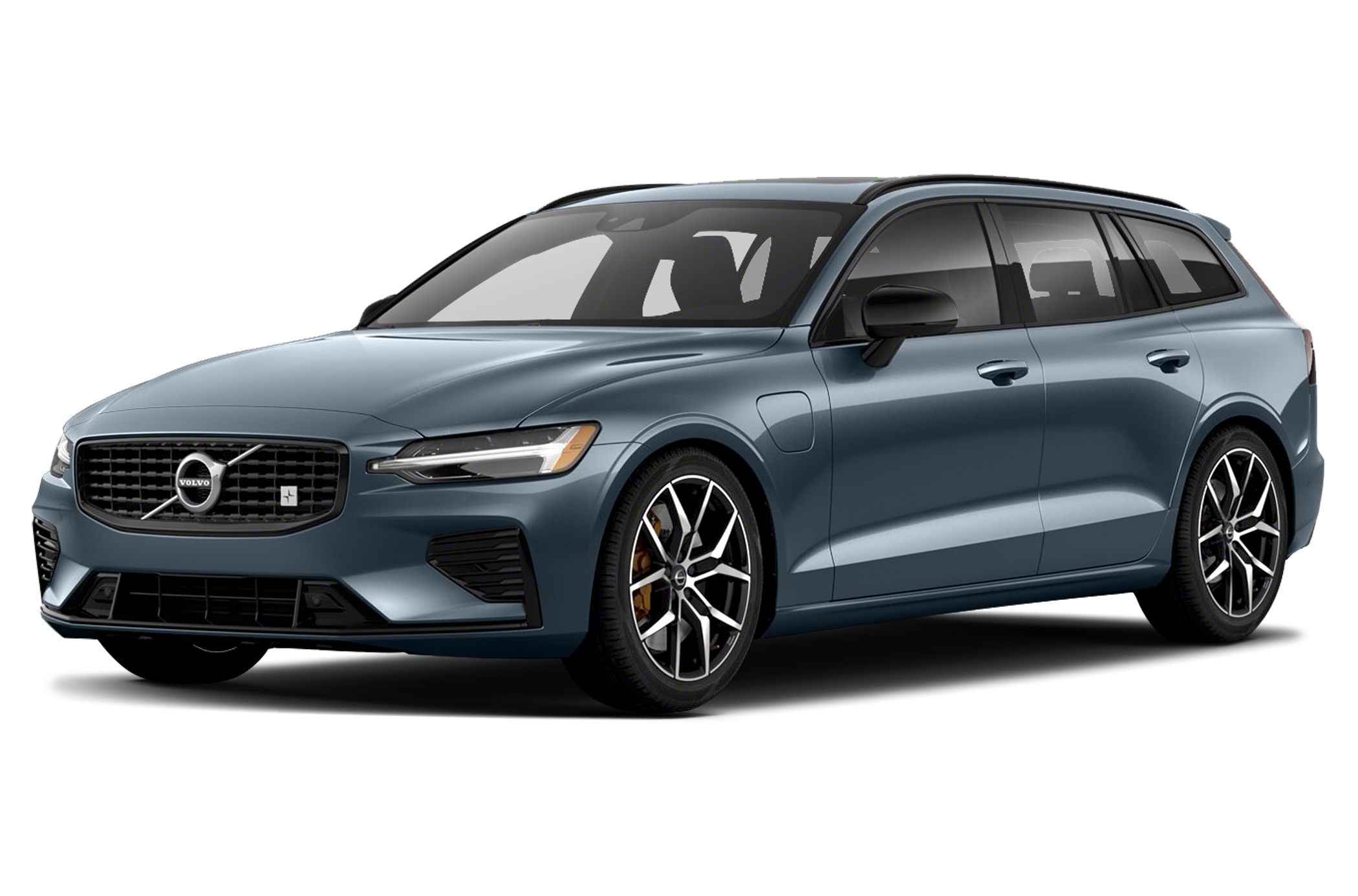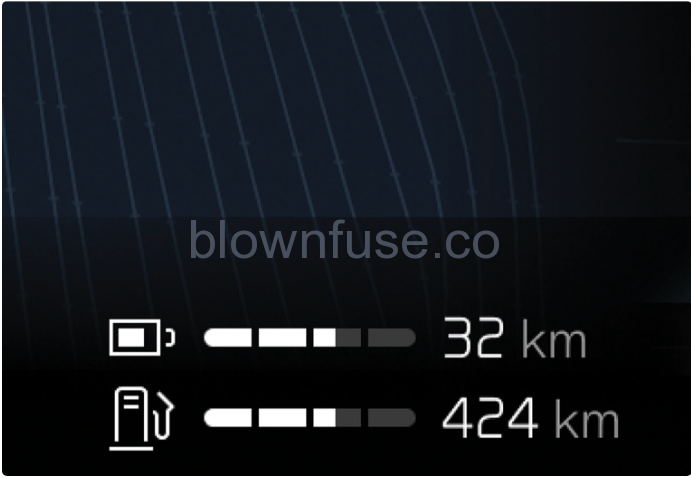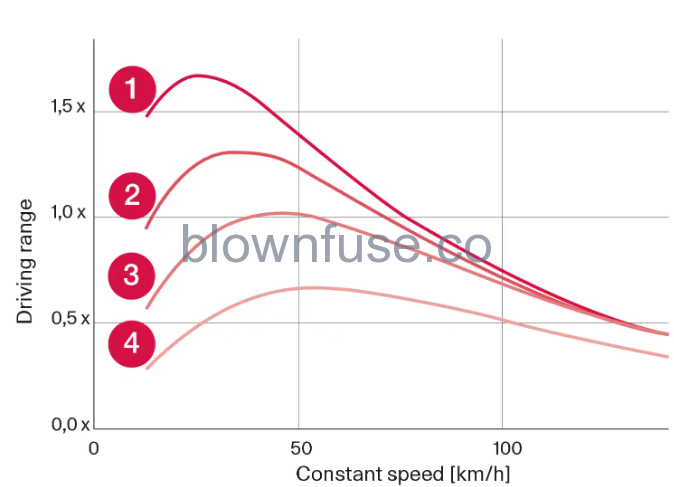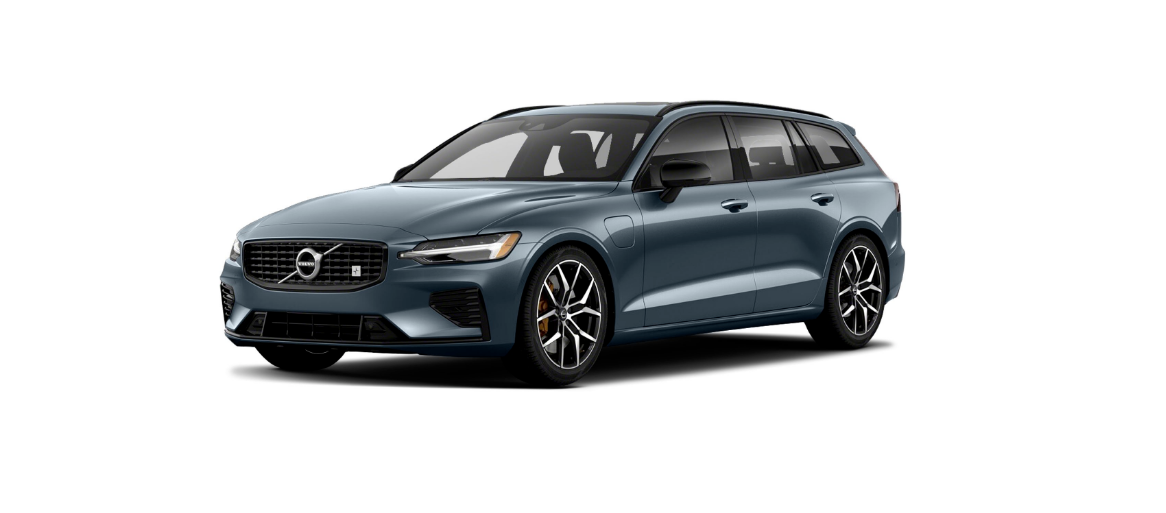2023 Volvo V60 Recharge Plug in Hybrid Parking Recommendations for driving

Towing
Towing the car is not permitted as the electric motor may be damaged. Instead, the car must be transported raised with all the wheels on a recovery vehicle’s platform. Neither of the wheel pairs may have contact with the road.
When towing another car
- Towing a car requires a lot of energy – use the Constant AWD drive mode. The hybrid battery is then charged and the car’s driving and road characteristics are improved.
- Find out the statutory maximum speed limit for towing before the towing begins.
Jump starting
The electric drive motor and the catalytic converter may be damaged during attempts to tow-start the car.
Brake assistance when stationary
Brake assist is activated
- When stationary if gear position D or R is selected and the car is at risk of starting to move in the opposite direction to selected direction of travel
- When stationary if creep mode is deactivated
Brake assist is deactivated
- When gear position D or R is selected and the driver depresses the accelerator pedal
- When the driver selects gear position N
The parking brake is activated automatically
- if the car is switched off.
- when the driver unbuckles the seatbelt and/or opens the driver’s door.
- if the function Auto hold (brake when stationary) is activated and the car has been stationary for a while (approx. 5–10 minutes).
Braking on gritted roads
This may extend braking distance. You should therefore maintain a greater safety distance to vehicles in front. In addition, make sure you do the following:
- Brake now and again to remove any layer of salt. Make sure that other road users are not put at risk by the braking.
- Gently depress the brake pedal after finishing driving and before starting your next trip.
Braking on wet roads
Parking on a hill
Always use the parking brake when parking on an inclined surface. Engaging a gear or the automatic transmission’s P position is not sufficient to hold the car stationary in all situations.
If the car is parked facing uphill:
- Turn the wheels away from the kerb.
If the car is parked facing downhill:
- Turn the wheels towards the kerb.
A heavy load, such as a trailer, can cause the car to roll backward when the parking brake is released automatically on a steep incline. Avoid this by pulling the control upwards while driving the car away. Release the control when the engine achieves traction.
Petrol particle filter
The capacity of the emissions system is affected by how the car is driven. Driving varying distances and at different speeds is important in order to achieve performance that is as energy-efficient as possible.Driving short distances at low speeds (or in cold climates) frequently, where the engine does not reach normal operating temperature, can lead to problems that can eventually cause a malfunction and trigger a warning message. If the vehicle is mostly driven in city traffic, it is important to regularly drive at higher speeds to allow the emissions system to regenerate.
- The car should be driven on A-roads at speeds in excess of 70 km/h (44 mph) between each refuelling.
Petrol station

In the driving position Hybrid the car is powered by both the electric motor and the internal combustion engine. If a destination has been selected in Google Maps, the car calculates how the electrical energy should be distributed as energy-efficiently as possible for the whole mileage. For example, the calculation includes speed limits, traffic, and elevation differences
Select destination in Google Maps and check that the criteria below have been met:
- Hybrid drive mode is selected.
- Battery usage is set to Auto in the settings for Driving in the centre display.
Range

- The estimated range is shown in the driver display.
- When the car is delivered from the factory, or after a factory reset, the range is based on the certified value. When the car has been driven for a while, the range is based on historical driving patterns.
In addition to historical trip data, there are several different factors that affect the range. The longest range is achieved under extremely favourable conditions when all factors have a positive impact.Examples of factors that affect the range:
- speed
- climate settings
- topography
- preconditioning
- tyres and tyre pressure
- traffic situation
- temperature and weather
- road conditions.
Range based on speed and outside temperature

- 20 °C (68 °F) outside temperature and passenger compartment climate Off.
- 20 °C (68 °F) outside temperature and passenger compartment climate On.
- 35 °C (95 °F) outside temperature and passenger compartment climate On.
- -10 °C (14 °F) outside temperature and passenger compartment climate On.
The diagram shows the approximate ratio between constant speed and range.The graph shows that a lower speed gives a longer range. The outside temperature also affects the range, so that very cold or very hot ambient temperatures result in a shorter range.Lines 1 and 2 show the approximate difference in range affected by the climate functions. Turning off the climate control is more beneficial for range.
Economical driving
Before driving
- Precondition the car before driving if possible using the charging cable connected to the mains power circuit.
- If preconditioning is not possible when it is cold outside, use seat heating and steering wheel heating first of all. Avoid warming up the whole of the interior which takes energy from the hybrid battery.
- Choice of tyres and tyre pressure can affect energy consumption – seek advice on suitable tyres from an authorised Volvo dealer.
- Remove unnecessary items from the car – the greater the load the higher the consumption.
While driving
- Activate drive mode Pure.
- Activate the Hold function at higher speeds during journeys that are longer than the range of the electricity.
- If possible, avoid using the Charge function to charge the hybrid battery.
- Drive at a steady speed and keep a good distance to other vehicles and objects in order to avoid braking.
- The hybrid battery is recharged during braking by braking gently with the brake pedal.
- High speed results in increased energy consumption since the wind resistance increases with speed.
- In a cold climate, reduce electrical heating of windows, mirrors, seats and steering wheel, if possible.
- Avoid driving with open windows.
- Do not hold the car stationary on a hill with the accelerator pedal. Instead, activate the function for braking when stationary.
- If possible, deactivate the climate control while driving a short distance after preconditioning.
After driving
- If possible, park in an acclimated garage with charging facilities.
Preparations for a long trip
Check that
- the engine is working normally and that fuel consumption is normal
- there are no leaks (fuel, oil or other fluid)
- braking effect on braking works as intended
- the tyres have sufficient tread depth and pressure. Change to winter tyres when driving to areas where there is a risk of snowy or icy road surfaces
- starter battery charging is good
- the wiper blades are in good condition
- a warning triangle and high-visibility vest are located in the car – legally required in certain countries
Overloading the starter battery
- ventilation fan
- headlamps
- windscreen wiper
- audio system
- accessories that are activated in the car.
If the battery level is low, a message is shown in the driver display. The energy-saving function then shuts down certain functions or reduces certain functions such as the ventilation fan and audio system.In which case, charge the starter battery by starting the car and then running it for at least 15 minutes. Starter battery charging is more effective during driving than running at idling speed.If the battery level continues to be low after the measures have been taken, the car should be checked at a workshop – an authorised Volvo workshop is recommended.
High current take-off may lead to low battery level, which temporarily limits the start/stop function. The engine can then be started automatically during a stop to charge the battery.
Driving in water
Observe the following to prevent damage to the car when driving through water:
- The water level must not be higher than the floor of the car. If possible, check the depth at the deepest point before starting to drive through the water.
- Do not drive faster than walking pace.
- Do not stop the car in the water. Drive forward carefully or reverse the car back out of the water.
- Extra caution should be exercised when passing through flowing water.
- Remember that waves created by oncoming traffic may rise above the level for the floor of the car.
- Avoid driving through salt water (corrosion risk).
Parts of the car (e.g. engine, gearbox, driveline or electrical components) may be damaged when driving through water with a level higher than the floor of the car. Damaged caused to a component caused by submersion, hydrolock or lack of oil is not covered by the warranty.In the event of stalling in water, do not try to restart. Instead, tow the car out of the water and transported on a low loader to a workshop. An authorised Volvo workshop is recommended.
After driving in water
- When the water has been passed, depress the brake pedal lightly and check that full brake function is achieved. Water and mud for example can make the brake linings wet resulting in delayed brake function.
- If necessary, clean the contact for the trailer coupling after driving in water and mud.
Winter driving
- The engine coolant must contain 50% glycol. This mixture protects the engine against frost down to approx. -35°C (-31°F). To avoid health risks, different types of glycol must not be mixed.
- The fuel tank must be kept filled to prevent condensation.
- Engine oil viscosity is important. Oils with lower viscosity (thinner oils) facilitate starting in cold weather and also reduce fuel consumption while the engine is cold.
- The condition of the starter battery and charge level must be inspected. Cold weather places great demands on the starter battery and its capacity is reduced by the cold.
- The condition of the battery and its charge level must be inspected. Cold weather places higher demands on the battery and its capacity is reduced by the cold.
- Use washer fluid with antifreeze to avoid ice forming in the washer fluid reservoir.
See the separate section for engine oil recommendations.
To achieve optimum roadholding Volvo recommends using winter tyres on all wheels if there is a risk of snow or ice.
The use of winter tyres is a legal requirement in certain countries. Studded tyres are not permitted in all countries.Practise driving on slippery surfaces under controlled conditions to learn how the car reacts.
Overheating in the engine and drive system
- In the event of overheating, the engine’s power may be limited temporarily.
- Remove any auxiliary lamps from in front of the grille when driving in hot climates.
- If the temperature in the engine’s cooling system becomes too high then a warning symbol is illuminated and the driver display shows the message Stop safely High engine temperature. Stop the car in a safe way and allow the engine to run at idling speed for several minutes and cool down.
- If the message Turn off engine High engine temperature or Turn off engine Coolant level low is shown, stop the car and switch off the engine.
- A built-in protection function is activated if the transmission overheats. A warning symbol illuminates and the driver display shows the Reduce speed to lower temperature Transmission warm or Stop safely Transmission hot Wait for cooling message. Follow the recommendation given, reduce speed or stop the car in a safe way and allow the engine to run at idling speed for several minutes to enable the gearbox to cool down.
- If the car overheats, the air conditioning may be switched off temporarily.
- Do not turn the engine off immediately you stop after a hard drive.
It is normal for the engine’s cooling fan to operate for a time after the engine has been switched off.
| Symbol | Specification |
|---|---|
 |
High engine temperature. Follow the recommendation given. |
 |
Low level, coolant. Follow the recommendation given. |
 |
Gearbox hot/overheated/cooled. Follow the recommendation given. |

